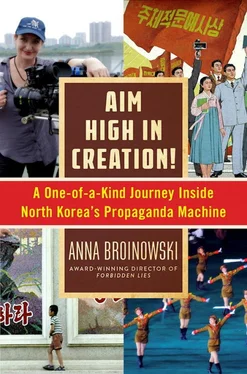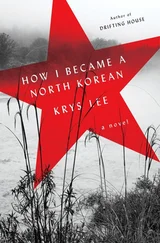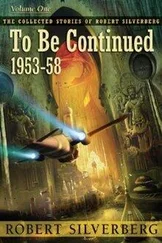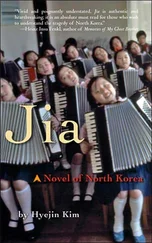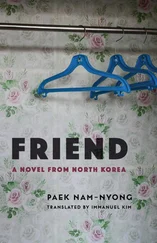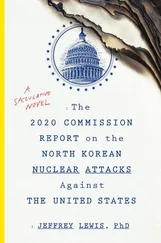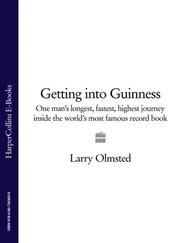I sifted through blogs about Kim Jong Il’s death, alone in my disappointment. My partner was out every evening, texting me pictures of his office to reassure me he was working. I forced myself not to ask why the film school security alarm was going off with increasing frequency, summoning him from our bed at all hours of the night—and when he wasn’t home by breakfast, I’d distract our daughter with YouTube videos of skateboarding cats. In the dark hours before dawn, I buried my fears that our marriage was over in the pain that the Dear Leader’s death had unleashed.
North Korean defectors were furious that Kim Jong Il had died before he could be tried for human-rights violations in The Hague. Kim Young Soon, one of the people Kim had thrown in the Yodeok gulag to hide the news of his illegitimate son, said: “I can’t ever forgive, ever. North Korea took away the best years of my life. I suffered because of Kim Jong Il.” On cable, a British comedian was making a meal of Kim’s epitaph: “Here lies Kim Jong (I told you I was) Il.” And South Korean and US spies were castigating each other for only finding out about Kim’s death two days after it happened—when North Korea’s stentorian anchorwoman, tears streaming down her face, shakily announced: “Young and old, men and women, are calling Kim Jong Il, who gave tireless field guidance, totally dedicated day and night to the happiness of the People.”
The pundits furiously unpacked the mass grief in Pyongyang. To many, the tears were fake, shed to avoid punishment. Others saw the grief as a display of genuine anxiety, springing from what had happened the last time North Korea lost a leader. Shortly after Kim Il Sung’s death in 1994, the country was plunged into a horrendous famine, now euphemistically known by North Koreans as the “Arduous March.” An estimated two million people died of starvation, while Kim Jong Il made shiny propaganda movies showing happy peasants eating potatoes around crackling fires and channelled the country’s scarce resources into the army. Now, as they gazed at Kim Jong Il’s flower-wreathed portrait gliding through the snow-locked streets of Pyongyang, the North Koreans were terrified they’d be sentenced to starve all over again.
As for North Korea’s claim that Kim Jong Il had died heroically on his train, travelling to give “on-the-spot guidance” at some rural factory, satellite images from December 17 show the train stationary in Pyongyang. North Korea expert Dr. Leonid Petrov had an interesting theory: Kim had stage-managed the whole thing. The date, the train, the funeral, the grief, all were designed to distract North Koreans from the “Strong and Prosperous Nation” Kim had promised he would deliver them by April 15, 2012, the one hundredth anniversary of his father’s birth. Unable to fulfill his promise, and already sickly, Kim discreetly left the building. This gave the regime an excuse to distract people with one hundred days of enforced mourning, shifting the focus of the April celebrations from prosperity (an obvious lie) to the military prowess of Kim’s successor, Kim Jong Un. Petrov’s theory tallied with the propaganda mastermind I’d met in The Cinema and Directing . Now the Dear Leader was dead, I couldn’t let him go.
Thankfully, Screen Australia, that capitalist tycoon under whose yoke all Aussie film workers are permanently shackled, was kind enough to accept my proposition that Kim’s death was but a hiccup on the way to his canonisation as a cinematic genius. Despite the fact that no one had put Kim Jong Il and coal seam gas in the same sentence before, let alone the same film, they gave me some money. Coupled with a generous grant from the estate of legendary documentary filmmaker Solrun Hoaas, I had the funds to pursue my obsession.
If I couldn’t get inside North Korea, I would track down the filmmakers who had escaped.
The real objective of cinematic art is not merely to enhance people’s awareness of the world, but to develop them as communist revolutionaries.
—ON THE ART OF THE CINEMA
THE DORMY INN SITS ON A six-lane highway in downtown Seoul. An all-night chilli-crab diner faces it across the thundering trucks, its dusty windows permanently empty. Along the grimy pavements, corduroy couches and plastic chairs spill out from discount furniture stores. People in shiny headphones walk past fast, hunched against the wind, headed for somewhere better.
From my window, the city sits under a smog so thick the neon lights look out of focus: splotches of pink and blue, glimmering through the haze. LED screens perch on top of buildings like desk lamps, flashing promos for Samsung, Hyundai, and Daewoo. On the screen closest to me, the K-pop singers of Girls’ Generation wink and shimmy in perfect unison, their round eyes a dazzling testament to the eyelid-tuck surgery craze currently sweeping Seoul. Beneath the dancing girls and swinging cranes, nine million people drive, shop, and chat on their mobiles, living their future-forward lives. In fifteen years, these industrious people have helped make South Korea the economic powerhouse of Asia.
Inside my room it’s warm and clean, the double-glazing reducing the traffic noise to a soothing whirr. The furniture is beige, the walls blank, the fixtures impersonal. It has the flat-packed anonymity of an airport lounge: a space built for transit. I could be sitting in the same room in any city in the free world. The lack of cultural markers makes it the perfect void in which to reflect on the words of Kim Jong Il, dead dictator and unknown cineaste, now lying in a glass box two hours’ drive away on the other side of the most heavily militarised border on earth.
My times in South Korea have always been strange. In 1991, I lived for two weeks in a Buddhist monastery run by the country’s most enlightened monk. He wore a gold Rolex and giggled like a baby. We meditated together on the cliffs at night, silently asking ourselves the same question that had preoccupied the temple’s inhabitants for five hundred years: “Who sees the moon?” I never found out, but in 1994, I was back again, playing one of the evil sisters in a Butoh version of King Lear . We performed it to baffled South Korean honeymooners in a hotel that looked like a wedding cake. Somewhere between the meditating and Lear , I stood at the DMZ with my father, then the Australian ambassador in Seoul, peering through binoculars at thickly forested hills. I failed to catch a glimpse of a single elusive North Korean. It was like bird-watching, and I didn’t have the patience to wait.
Now I am back again, to interview North Korean defectors. I want their advice on how to translate Kim Jong Il’s film rules for a Western audience. When The Cinema and Directing didn’t deliver the ideas I was looking for, I bought Kim Jong Il’s bigger manifesto, On the Art of the Cinema , from which The Cinema and Directing is condensed. On the Art of the Cinema is so revered in North Korea there’s even a book, Great Man and Cinema , about how it was written:
In the early summer of 1971, Comrade Kim Jong Il summoned the officials engaged in cinematic art to his office. They found his desk piled up with manuscripts in thousands of sheets. There was every indication that he sat up all night to write them. They scrutinised the manuscript. The title On the Art of the Cinema was written in a vigorous hand on the first page. They could not but be filled with astonishment and admiration, at the thought that he found the time to write the book while shouldering the heavy responsibilities for the revolution and working very hard without a moment’s rest… Marx worked for four decades to complete Das Kapital . By contrast, it took Comrade Kim Jong Il two to three years to write On the Art of the Cinema . It was the brilliant product of his unusual intelligence.
Читать дальше
